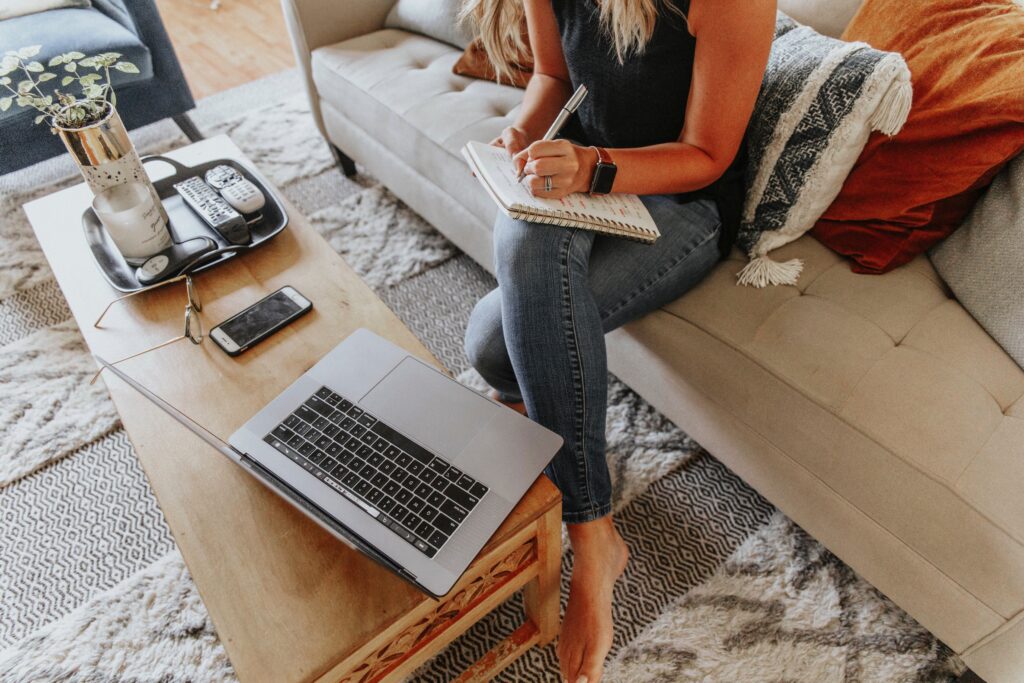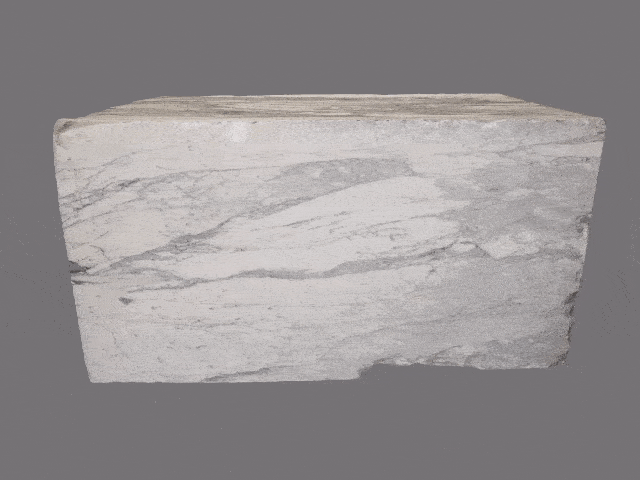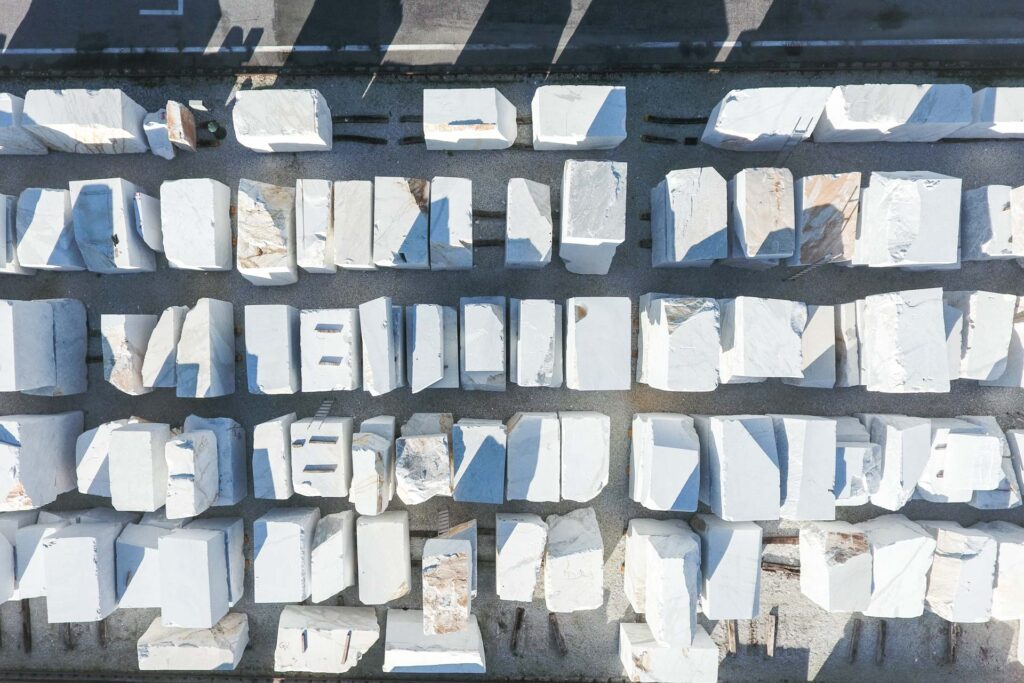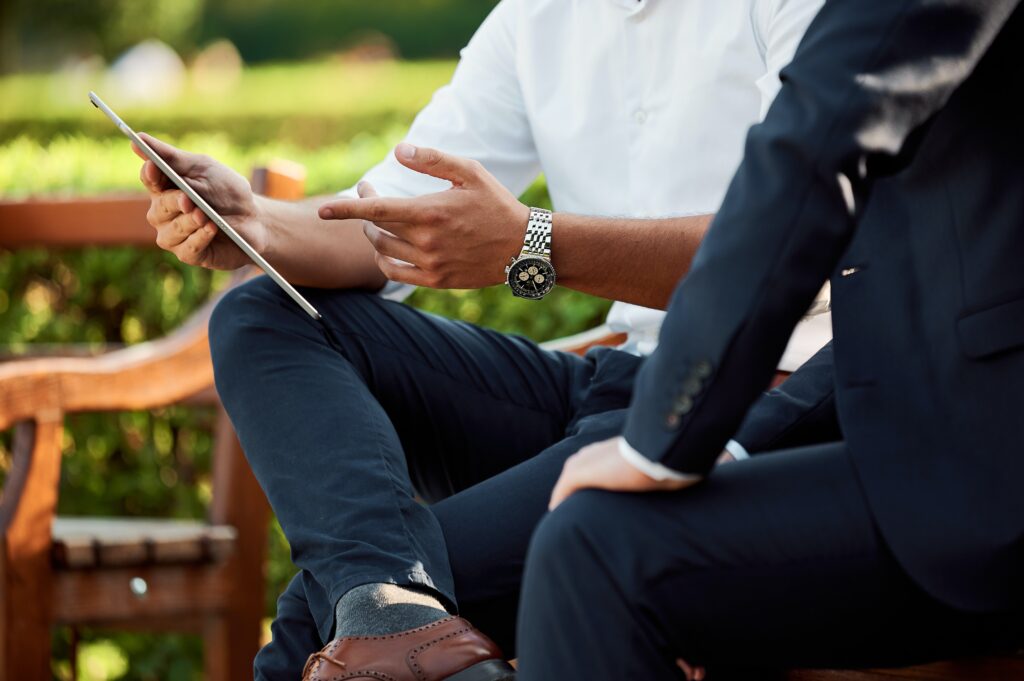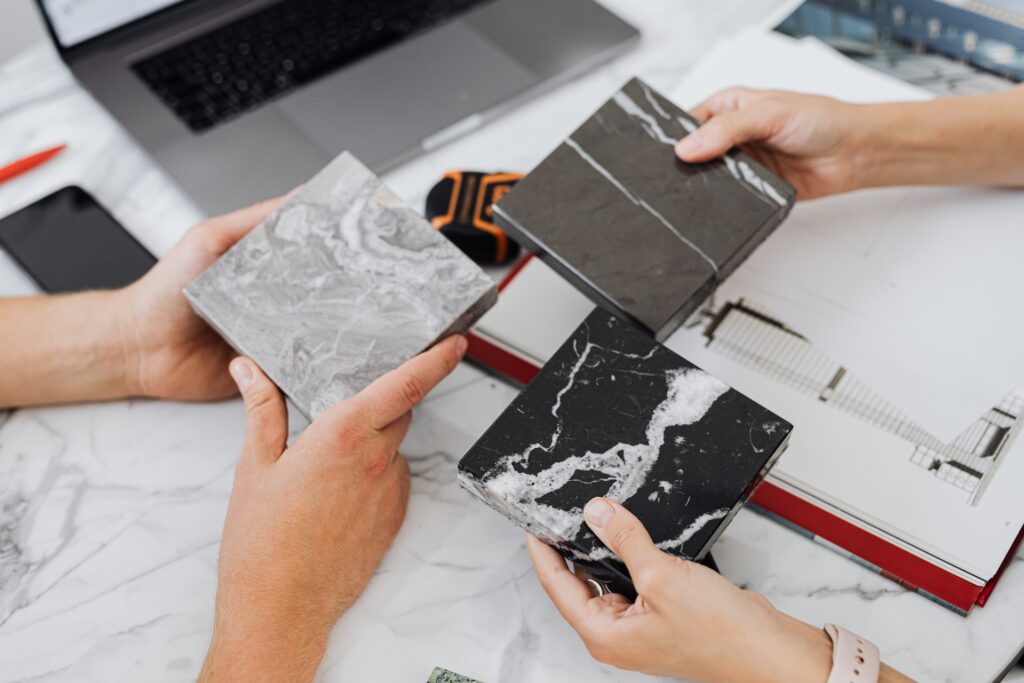Digital Transition
Index
Advantages offered by technologies in the field of digital transition
The process of purchasing marble blocks
As better described in the PURCHASE PROCESS , there are many complex aspects to be considered by the buyer in order to be satisfied with the purchase made.
The process of purchasing marble blocks can be optimized using the advanced digital technologies offered by Marengold.
▪ Cataloging and documentation: The advanced digital technologies used by Marengold help to efficiently catalog and document the information and images of the material, making it easier for the buyer to find and evaluate the available options.
▪ Evaluation and comparison: The digital technologies used by Marengold, such as colorimetry and evaluation and comparison algorithms, help to compare products against established standards, making it easier for the buyer to determine the quality of the product.
▪ Accessibility: The digital technology used by Marengold makes it easier for the buyer to access and evaluate the material, even if it is located in a remote location. This is particularly useful if the value of the purchase you intend to make cannot justify the expense of a trip.





